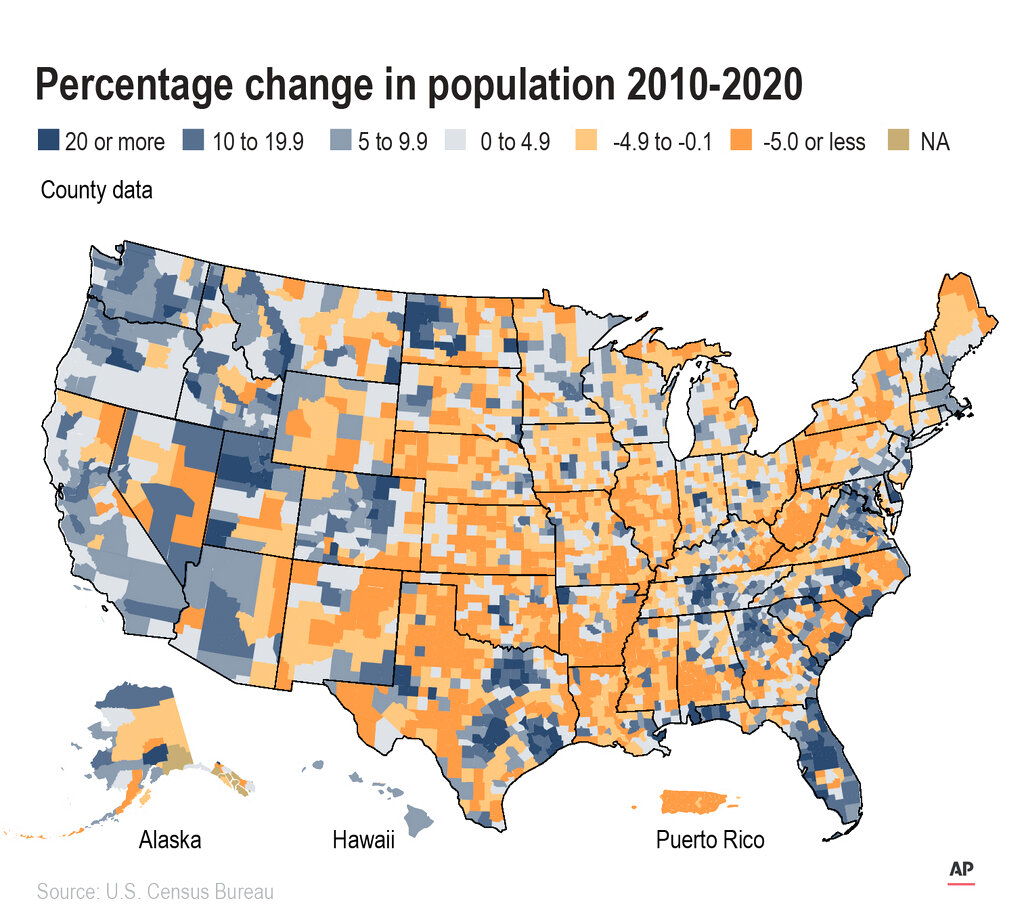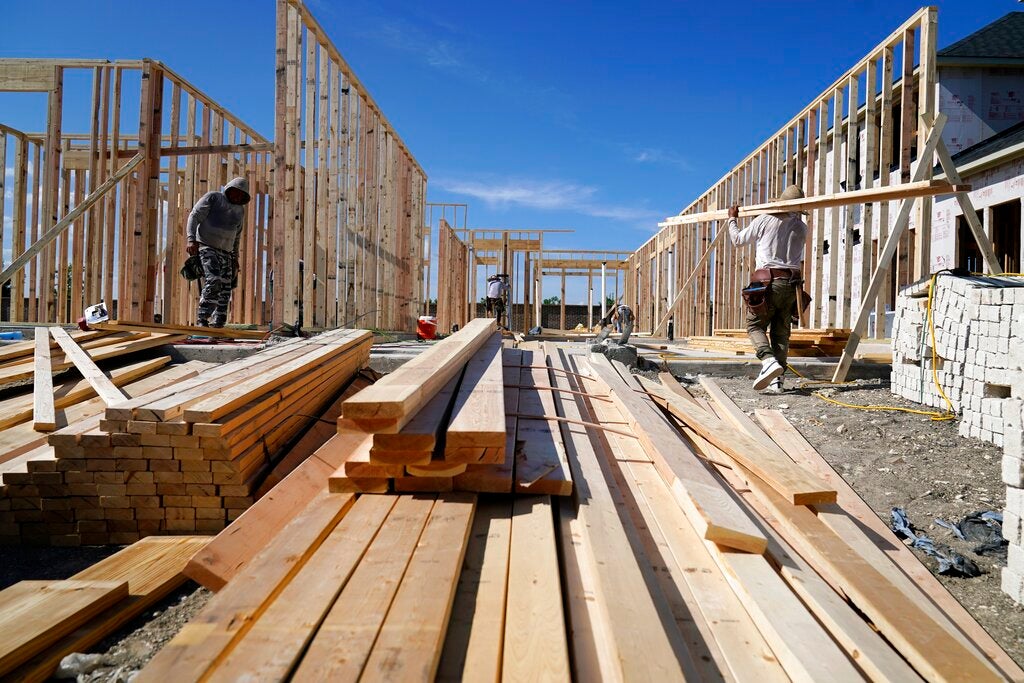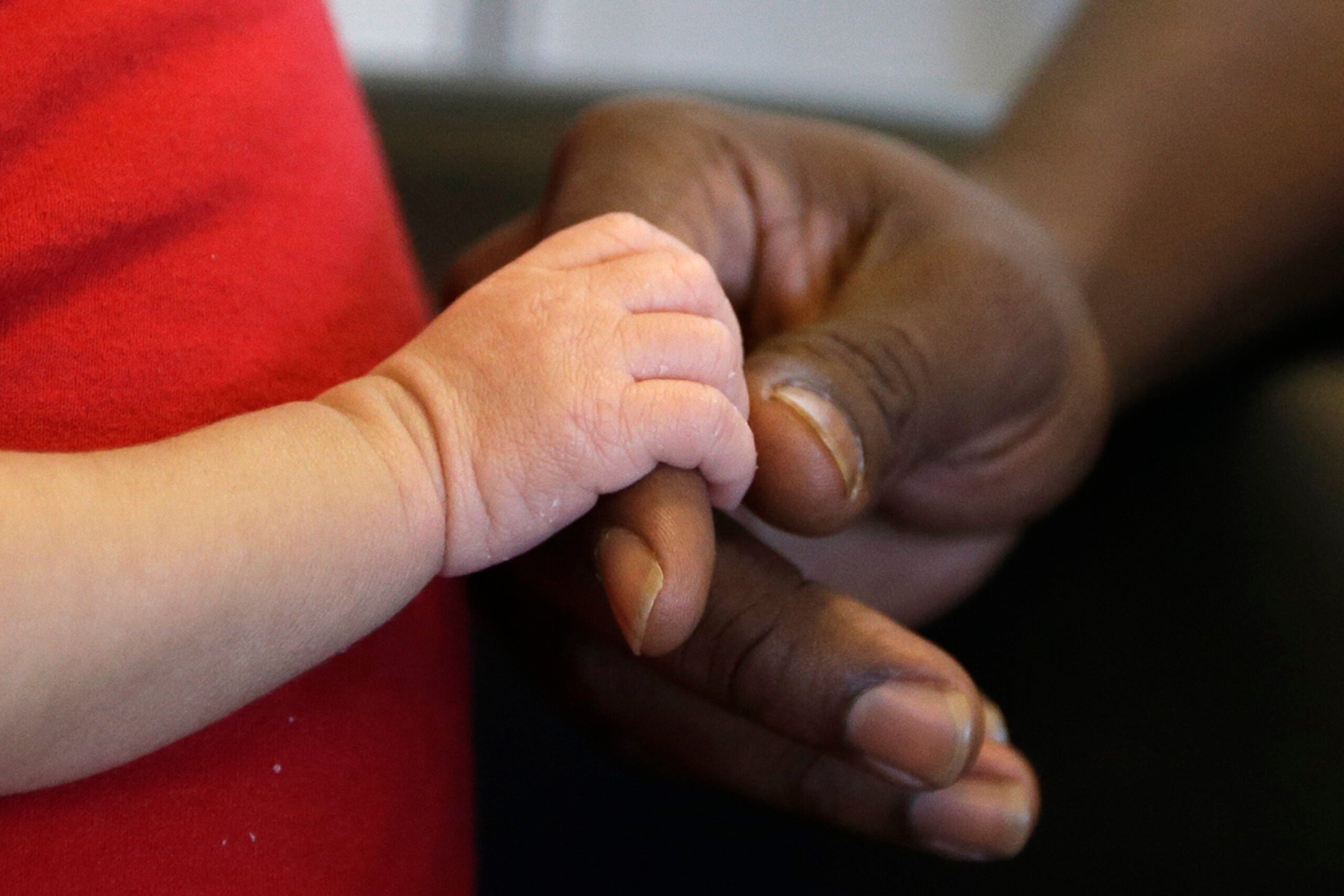Wisconsin’s population growth in the last decade was centered in Madison and its suburbs, the newly released U.S. Census data shows.
The municipalities with the largest numeric population growth in the new Census, according to an analysis by Redistricting Data Hub, were Madison, Sun Prairie, Windsor, Middleton and Fitchburg — all of which are Dane County cities or villages. Dane County’s growth of more than 73,000 people accounted for about one-third of the state’s overall population growth.
Meanwhile, the city of Milwaukee lost about 17,000 people in the last decade.
News with a little more humanity
WPR’s “Wisconsin Today” newsletter keeps you connected to the state you love without feeling overwhelmed. No paywall. No agenda. No corporate filter.
Overall, Wisconsin’s population grew by about 3.6 percent.
Here are a few of the key takeaways from the new Census:
Dane County’s Growth Will Have Political Implications
Madison grew by nearly 16 percent, from 233,209 in 2010 to 269,840 in 2020. About half of Dane County’s population growth happened outside the city of Madison.
That growth tracks with reporting on the hot housing market in and around Madison. But it still exceeded some analysts’ expectations.
The rate of growth “is really kind of amazing,” said John Johnson, a research fellow at Marquette University’s Lubar Center for Public Policy Research and Civic Education.
It also has implications for political redistricting.
“They’re going to add close to another entire Assembly district,” Johnson said. “So there will be additional representation for the citizens of Dane County.”
At the federal level, it means the 2nd Congressional District, represented by Democratic U.S. Rep. Mark Pocan, will have nearly 53,000 people moved out of it. The most likely destination for those rural Dane County voters is the neighboring 3rd Congressional District. It’s a swing district represented by Democratic U.S. Rep. Ron Kind, who announced this week that he wouldn’t seek re-election in 2022. The addition of new votes from heavily Democratic Dane County into that southwestern Wisconsin district could help the Democrats as they seek to hold onto that seat.

Milwaukee’s Population Is At Its Lowest Level In Decades
In the last Census, Milwaukee was rare among industrial Midwestern cities in that its population was increasing.
“Milwaukee grew (between 2000 and 2010), and it was one of the few Rust Belt cities that grew,” said Andrew Beveridge, a Queens College sociology professor, on WPR’s The Morning Show. “This time, it’s lost population.”
The city lost about 17,000 people in the last decade, for a total population of 577,222 people. That’s the lowest its population has been since 1930.
Beveridge said that trend likely stems from the loss of some of the city’s traditional manufacturing industries.
“Those sorts of jobs are gone,” he said. “That kind of industrial structure is gone. If you don’t find something to replace it, then you often face decline.”
Wisconsin’s Population Is Much More Diverse
The population of Wisconsin that identifies as white dropped by 3.4 percent. The state’s Hispanic population grew by nearly one-third to 447,290 while its Black population grew by 4.4 percent to 366,508 and its Asian American population grew by 36 percent to 174,267. The number of American Indian/Alaska Natives in Wisconsin declined by 0.26 percent to 48,384.
Steven Ruggles, a population scientist with the University of Minnesota, told “The Morning Show” that it’s a mistake to interpret these data as a simple decline in the number of white people.
“The white population is declining only if one defines white by the ‘one-drop rule,’ the racist interpretation of race that predominated the 19th century,” Ruggles said. Rather, “more and more people are responding (to the Census) with mixed-race responses.”
In fact, this number skyrocketed in Wisconsin. In 2010, just 79,398 people said they belonged to “two or more races” in the Census. In 2020, that number was 203,746 — a 156.6 percent increase.
Editor’s note: Laurel White contributed reporting to this story.
An earlier version of this story misstated the percent change of the state’s Native American population. This story has been updated.
Wisconsin Public Radio, © Copyright 2025, Board of Regents of the University of Wisconsin System and Wisconsin Educational Communications Board.





